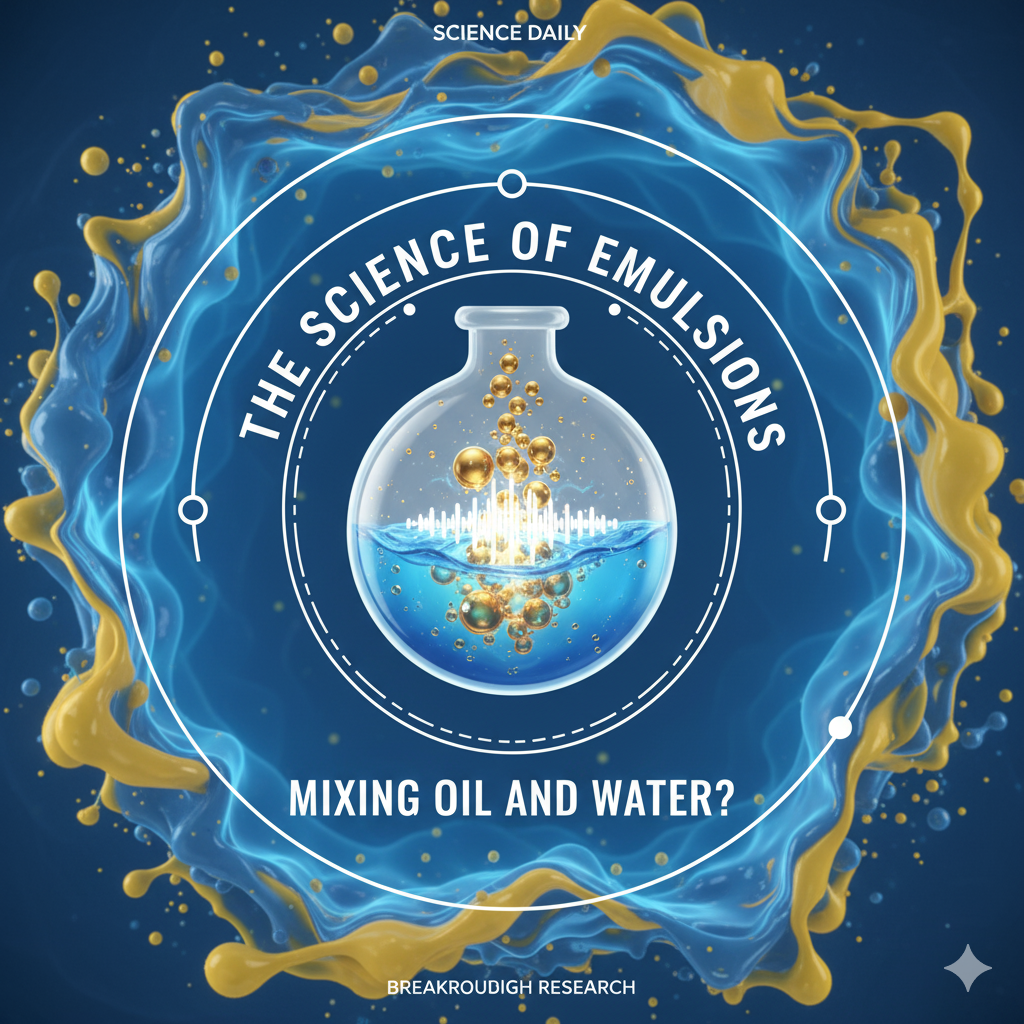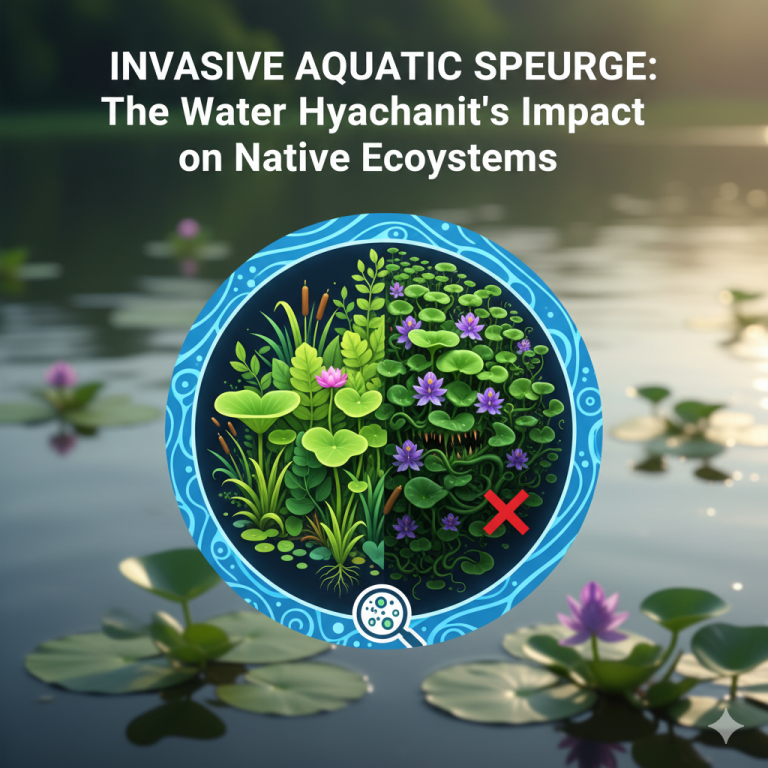The Science of Emulsions: Mixing Oil and Water?
Creating a stable mixture between two immiscible liquids, like oil and water, into a uniform, creamy state is a fundamental process in chemistry and food science known as emulsification. This intricate process relies on breaking down the dispersed phase, typically oil, into extremely tiny droplets and suspending them throughout the continuous phase, which is usually water, or vice versa. The primary challenge overcome by emulsification is defeating the inherent natural repulsion between hydrophobic (water fearing) and hydrophilic (water loving) substances. To achieve a stable and creamy emulsion that does not quickly separate, a third component called an emulsifying agent is absolutely critical. These agents, such as lecithin found in egg yolks or various synthetic molecules, work by positioning themselves at the liquid interface between the oil and water droplets. Their unique molecular structure, with one end attracted to water and the other end attracted to oil, reduces the surface tension and forms a protective barrier around the droplets, preventing them from coalescing and rising to the surface, which ensures the mixture remains homogenous and creamy for an extended period.
The process of forcing these unblendable substances together requires a significant input of energy, which is often supplied through vigorous shaking, high speed mechanical mixing, or industrial homogenization. The resulting emulsion’s specific properties, such as its texture, stability, and appearance, are determined by the phase ratio of the two liquids, the type and concentration of the emulsifier used, and the precise method of preparation. In a water in oil emulsion (W/O), minute droplets of water are dispersed throughout a continuous oil phase, as found in products like butter and margarine. Conversely, in an oil in water emulsion (O/W), tiny oil droplets are dispersed throughout a continuous water phase, which is characteristic of milk, mayonnaise, and various salad dressings. Understanding and controlling emulsion stability is vital across numerous industries, from creating the perfect creamy sauce in culinary science to formulating effective pharmaceuticals, stable paints, and luxurious cosmetics, all of which depend on the precise and stable mixing of otherwise incompatible liquids.
Frequently Asked Questions
Question: What is the simplest example of an emulsion I can see at home?
Answer: Mayonnaise is a perfect homemade example, where egg yolk lecithin emulsifies oil into lemon juice or vinegar.
Question: Why does an emulsion eventually break or separate?
Answer: Emulsions break over time as the protective barrier around the droplets weakens, allowing the droplets to coalesce and the phases to separate.
Question: Is milk a true emulsion?
Answer: Yes, milk is a natural oil in water emulsion where milkfat globules are dispersed in a watery continuous phase.
Question: What’s the difference between an emulsion and a solution?
Answer: In a solution, components are mixed at a molecular level, while in an emulsion, entire droplets of one liquid are suspended within another.
Question: Can you have an emulsion of two solids or two gases?
Answer: No, by definition, an emulsion is a mixture of two or more immiscible liquids.
Question: What is a surfactant?
Answer: A surfactant is the chemical name for an emulsifying agent; a molecule that reduces surface tension between two liquids.
Question: How does homogenized milk work?
Answer: Homogenization forces milk through a small nozzle at high pressure, breaking fat globules into particles too small to separate, creating a stable emulsion.
Question: Can an emulsion be solid?
Answer: Yes, some gels and certain plastics are considered solid emulsions, where the dispersed phase is trapped within a solid continuous phase.
Question: What is an emulsifier in cooking?
Answer: Common culinary emulsifiers include egg yolk, mustard, honey, and lecithin, which help create stable sauces and dressings.
Question: Are all emulsions creamy and white?
Answer: Not all. The color and texture depend on the droplet size and the substances used, but many appear white due to light scattering.
Keywords: emulsion, emulsification, oil and water, immiscible liquids, emulsifying agent, surfactant, surface tension, coalescing, homogenization, dispersed phase, continuous phase, oil in water emulsion, water in oil emulsion, lecithin, emulsion stability, mechanical mixing, molecular structure, liquid interface, creamy emulsion, unblendable substances, phase ratio, culinary science, incompatible liquids
Tags: #EmulsionScience #FoodScience #Chemistry #CulinaryArts #ImmiscibleLiquids #Homogenization #SurfaceTension #FoodTechnology #Mayonnaise #StableMixture







